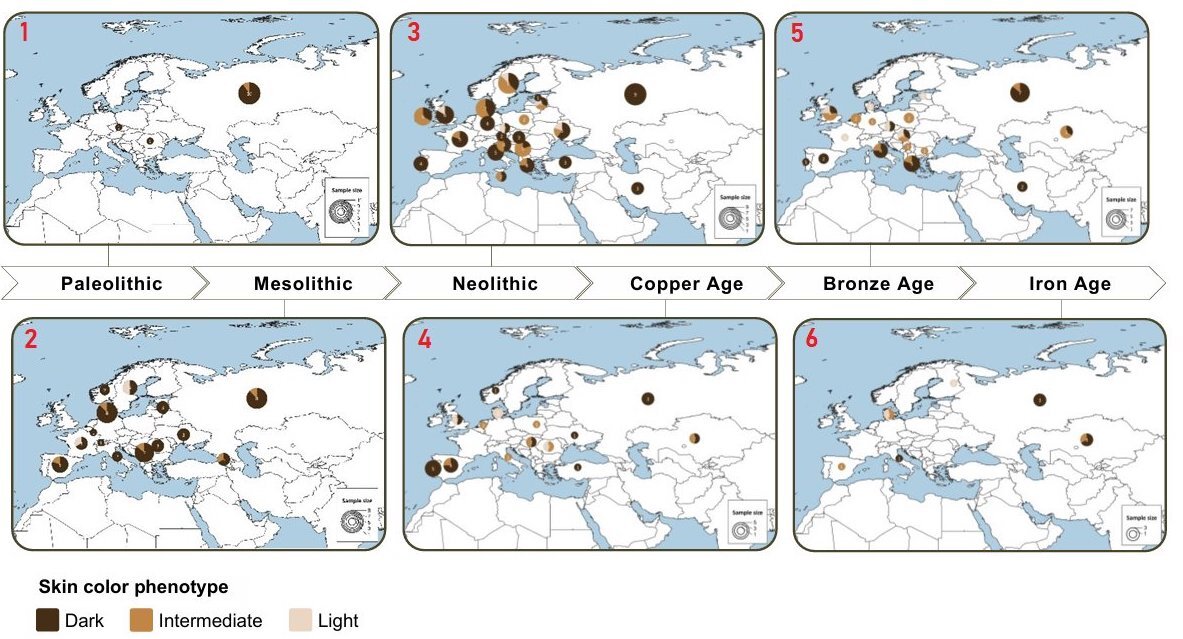 New Research Reveals: Most Ancient Europeans Had Dark Skin, Eyes, and
Hair Until Just 3,000 Years Ago
New Research Reveals: Most Ancient Europeans Had Dark Skin, Eyes, and
Hair Until Just 3,000 Years AgoNew findings reveal that most prehistoric Europeans retained dark skin, hair, and eye pigmentation throughout the Iron Age, which concluded roughly 3,000 years ago. Researchers discovered that the …